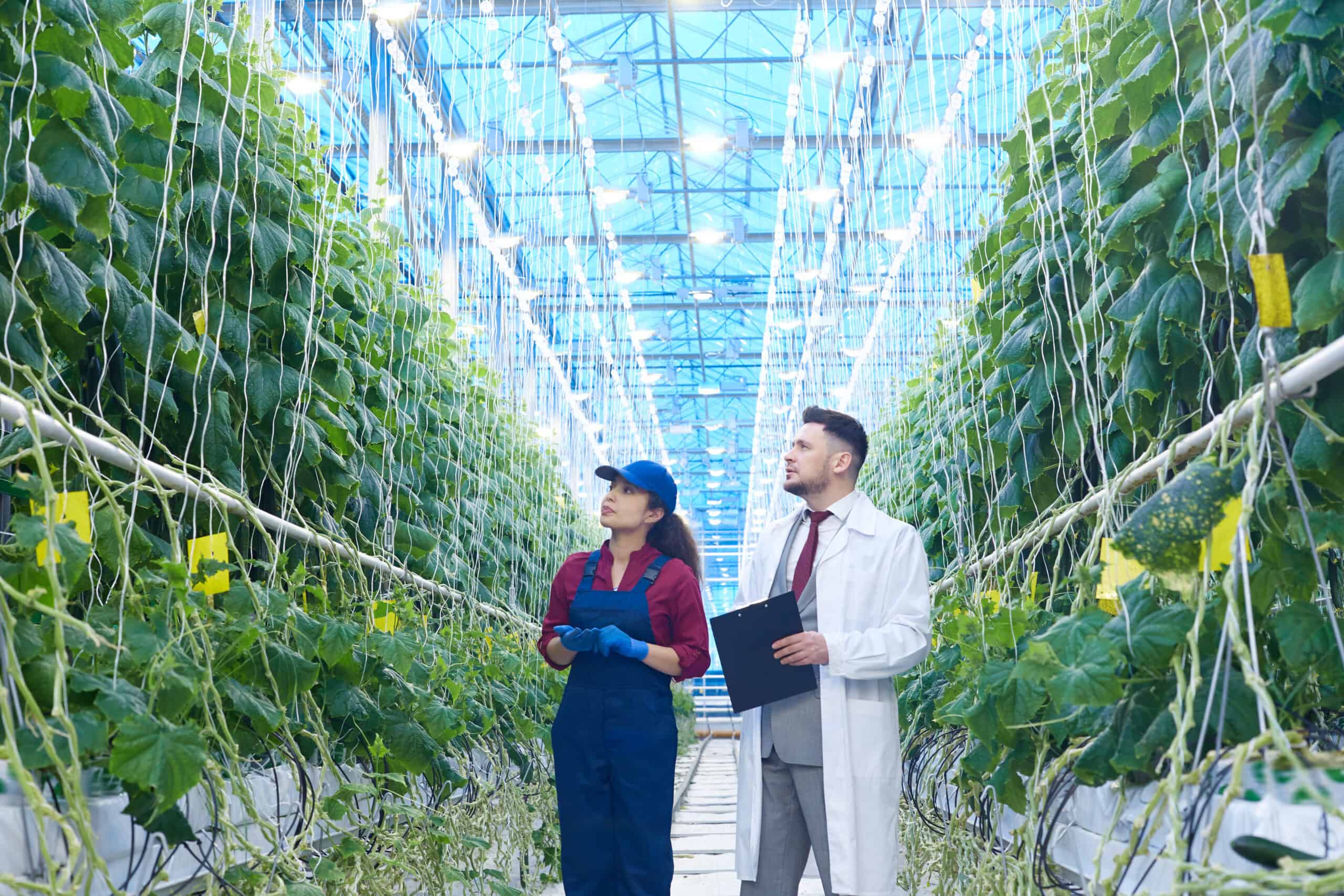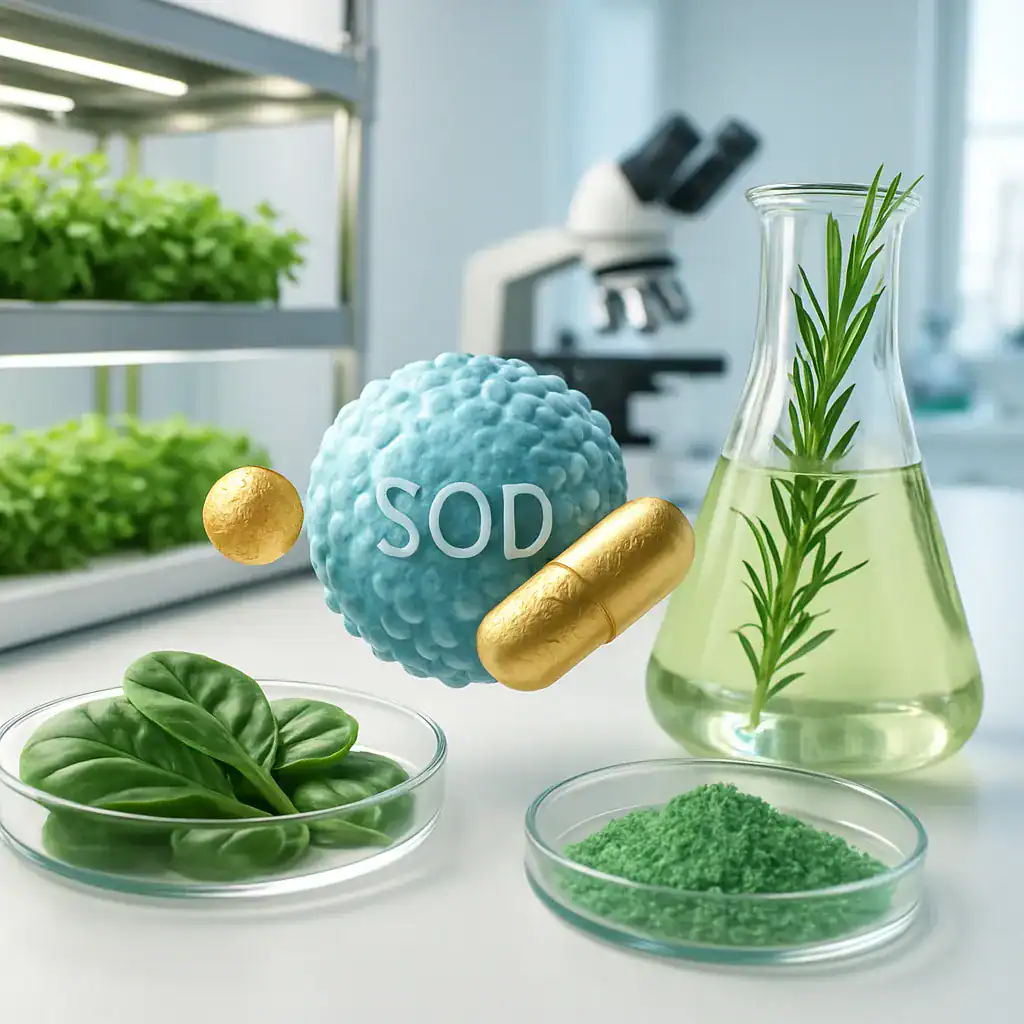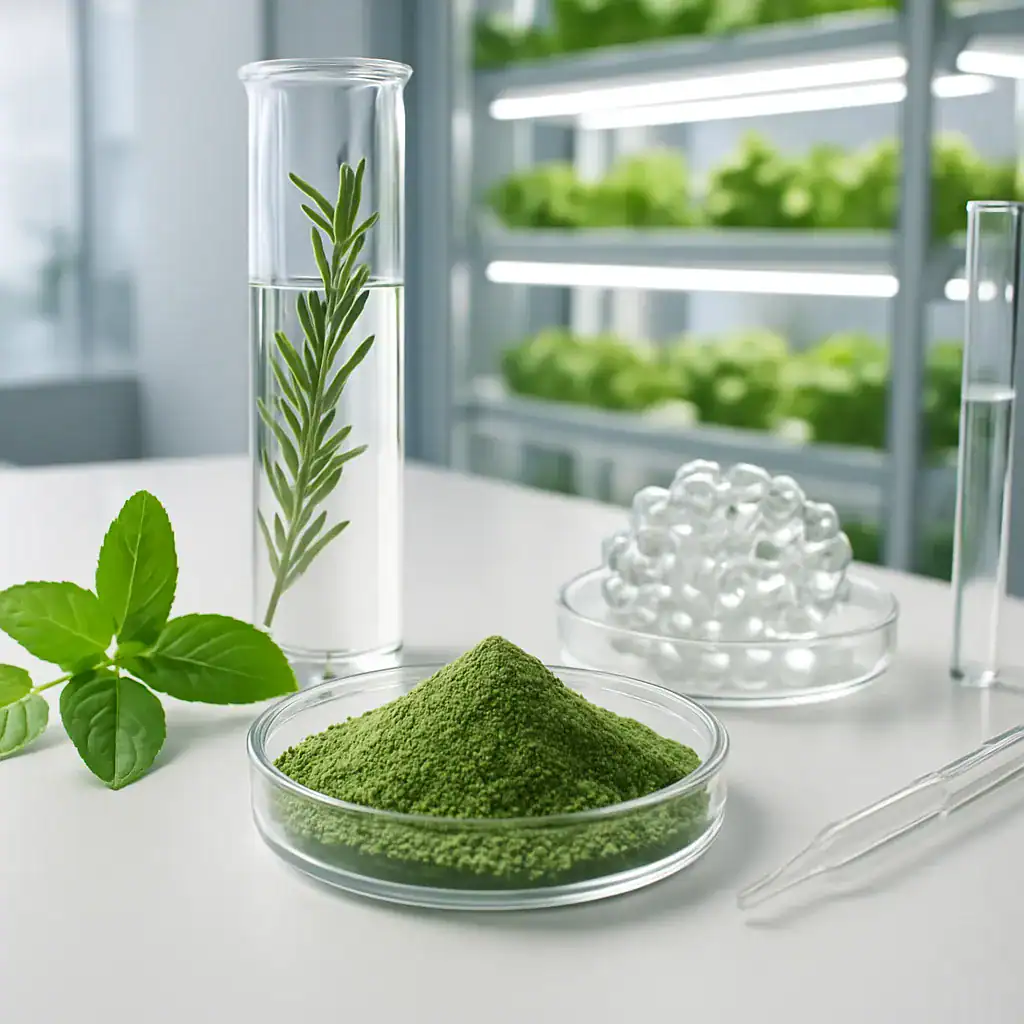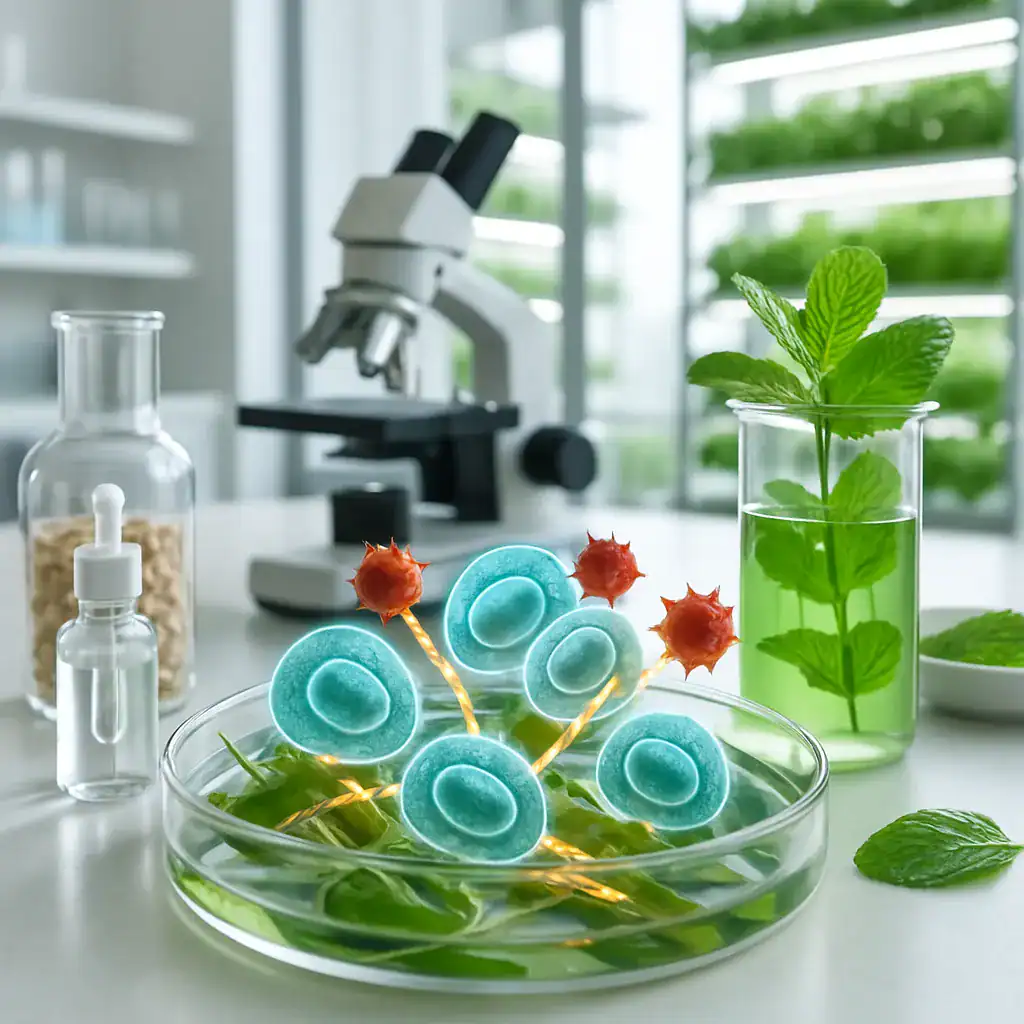Nickel in Herbal Supplements: Risks, Regulations, and Solutions
Innovative Applications: From Farm to Nutraceutical
The Vertical Farming Revolution
You’ve likely noticed the growing popularity of locally grown produce in your community. But what if you could take that concept further with farming systems that produce nutrient-dense botanicals year-round, regardless of climate or season? Vertical farming represents one of the most exciting applications of renewable resources in agriculture today.
When your clients ask about the freshest, most nutritious options, vertical farming offers compelling advantages. These controlled environment systems utilize renewable energy sources like solar power while dramatically reducing water consumption—often using up to 95% less water than conventional farming methods. But the benefits extend far beyond resource efficiency.
Vertical farming creates ideal growing conditions that can actually enhance the production of beneficial compounds in plants. Without the stress of pests, drought, or inconsistent weather patterns, plants grown in these environments can devote more energy to producing the very bioactive compounds that make them nutritionally valuable.
This is where the connection between renewable agricultural practices and nutraceutical development becomes particularly fascinating. Companies like PhNóva are pioneering this intersection, sourcing botanicals from sustainable vertical farming operations specifically for their nutraceutical potential.
Bioactive Optimization Through Renewable Practices
You’ve undoubtedly discussed antioxidants with clients concerned about inflammation and aging. But have you explained how renewable agricultural practices can influence the potency of these compounds in our food supply?
Consider superoxide dismutase (SOD), nature’s powerful defender against oxidative stress. This enzyme plays a crucial role in neutralizing free radicals that contribute to joint inflammation, cardiovascular issues, and premature skin aging. The concentration of SOD and similar enzymes in plant foods is directly influenced by growing conditions—and renewable agricultural systems often promote optimal levels of these beneficial compounds.
When plants are grown in biologically active soils nourished with renewable organic inputs rather than synthetic fertilizers, they typically develop more robust natural defense systems. This translates to higher concentrations of protective compounds that benefit not only the plant but also the humans who consume them.
That’s why forward-thinking nutraceutical developers are increasingly turning to ingredients sourced from renewable agricultural systems. These production methods represent not just environmental sustainability but biological optimization—creating the ideal conditions for plants to express their full genetic potential for bioactive compound production.
From Waste to Resource: The Circular Economy of Agriculture
You’ve probably counseled clients about reducing food waste at home. But have you considered how agricultural “waste” is being transformed into valuable resources through innovative renewable approaches?
In traditional farming, crop residues might be burned or discarded. In renewable systems, these materials become precious resources. Plant stems and leaves can be processed into biochar that sequesters carbon while improving soil structure. Fruit processing byproducts can be extracted for valuable bioactive compounds. Even the microorganisms that naturally decompose organic matter are being harnessed for their enzyme-producing capabilities.
This circular approach mirrors natural ecosystems where nothing is truly wasted—everything serves a purpose in the larger biological community. For companies focused on natural health solutions, these renewable resource streams provide sustainable sources of bioactive ingredients with minimal environmental impact.
The next time your clients ask about the most sustainable dietary choices, you might explain that the future of nutrition isn’t just about what we eat but how those foods are produced. Renewable agricultural resources represent a fundamental shift toward farming systems that not only reduce environmental harm but actively regenerate ecosystems while producing foods with optimized nutritional profiles.
By supporting products sourced from renewable agricultural systems, consumers aren’t just making an environmental choice—they’re potentially selecting foods and supplements with enhanced bioactive properties that contribute directly to their health goals.
Our Key Areas of Expertise




The Renewable Connection: Agricultural Practices and Holistic Health Solutions
Integrating Sustainable Agriculture with Nutraceutical Development
When you consider the journey from farm to supplement bottle, you begin to appreciate how renewable resources in agriculture form the foundation of effective nutraceutical products. The quality of raw materials used in health supplements doesn’t emerge in isolation—it’s directly influenced by the farming methods that produced them.
Vertical farming systems represent a perfect example of this interconnection. Unlike conventional agriculture that relies heavily on synthetic inputs, vertical farming creates controlled environments where plants can thrive using a fraction of the resources. These systems typically reduce water usage by up to 95% while eliminating the need for pesticides that might otherwise contaminate botanical ingredients.
You may notice that supplements derived from vertically farmed botanicals often contain higher concentrations of beneficial compounds. This isn’t coincidental—it’s because plants grown in optimized environments with renewable inputs can dedicate more energy to producing the bioactive compounds that make them valuable for health applications.
Soil Health and Bioavailability: The Hidden Connection
The relationship between soil management practices and the efficacy of plant-derived nutraceuticals deserves your attention. When farmers employ renewable approaches like cover cropping and compost application, they’re not just improving environmental sustainability—they’re directly enhancing the nutritional profile of crops.
Consider these connections between soil health and nutraceutical quality:
- Plants grown in biologically active soils generally produce more diverse phytochemicals as natural defense mechanisms
- Minerals become more bioavailable when soil microorganisms transform them into plant-accessible forms
- Healthy soil ecosystems support the development of complex plant compounds that can later be extracted for supplements
The enzyme activity in living soils directly influences the enzymatic potential of the plants grown there. This becomes especially relevant when developing products that rely on natural enzymes like superoxide dismutase (SOD), which helps neutralize harmful free radicals in the body.
Energy Efficiency and Preservation of Bioactives
The energy sources used throughout the agricultural production chain significantly impact the final quality of nutraceutical ingredients. Renewable energy integration in farming and processing operations helps preserve the integrity of delicate compounds that might otherwise be damaged.
Cold-press extraction methods powered by solar energy maintain the structural integrity of complex molecules that conventional processing might destroy. When you choose supplements manufactured using renewable energy sources, you’re supporting not only environmental sustainability but potentially higher efficacy products.
The extraction process represents a critical juncture where agricultural practices and nutraceutical production intersect. Energy-intensive methods often compromise the very compounds they aim to isolate, while gentler approaches preserved by renewable energy maintain their biological activity.
Biodiversity and Novel Bioactive Discovery
The relationship between agricultural biodiversity and nutraceutical innovation cannot be overstated. Farming systems that incorporate renewable practices typically support greater biodiversity, creating opportunities for discovering novel compounds with significant health applications.
| Agricultural Practice | Biodiversity Impact | Nutraceutical Benefit |
|---|---|---|
| Polyculture farming | Increases plant species diversity | Expands available bioactive compounds |
| Agroforestry systems | Creates multiple ecological niches | Provides access to unique phytochemicals |
| No-till cultivation | Preserves soil biodiversity | Enhances microbial metabolite production |
| Cover cropping | Supports beneficial insects | Reduces need for synthetic preservatives |
When agricultural systems preserve biodiversity through renewable practices, they maintain nature’s laboratory for bioactive discovery. Many compounds with significant health benefits were first identified in plants growing in diverse ecosystems that renewable farming methods seek to protect.
Water Conservation and Phytochemical Concentration
You might not immediately connect water management practices with supplement efficacy, but the relationship is profound. Plants grown under mild water stress often produce higher concentrations of certain beneficial compounds as a natural adaptation mechanism.
Precision irrigation systems powered by renewable energy allow farmers to fine-tune water delivery, creating the ideal balance between plant stress and productivity. This controlled environment promotes the development of concentrated phytochemicals while conserving one of agriculture’s most precious resources.
The water footprint of agricultural ingredients becomes increasingly important as climate patterns change. Drought-resistant varieties cultivated through sustainable breeding programs often produce more concentrated medicinal compounds while requiring less irrigation—a win for both environmental sustainability and nutraceutical potency.
Carbon Sequestration and Long-term Stability
Agricultural practices that emphasize carbon sequestration deliver benefits that extend beyond environmental impact. Farming methods that build soil organic carbon create more stable growing conditions that produce consistent botanical ingredients year after year.
This stability translates to more reliable nutraceutical formulations with predictable potency and efficacy. When agriculture prioritizes carbon capture through renewable practices, it creates a virtuous cycle that benefits both ecosystem health and product quality.
Carbon-negative farming approaches that incorporate biochar and perennial cropping systems represent the cutting edge of this integration. These methods not only help address climate concerns but create ideal conditions for growing medicinal plants with enhanced profiles of bioactive compounds.
Waste Reduction and Circular Economies
The circular approach to agricultural waste management opens new frontiers for nutraceutical development. By-products that would traditionally be discarded often contain valuable compounds that can be extracted and repurposed for health applications.
Fruit processing residues, for example, frequently contain higher concentrations of certain antioxidants than the fruit flesh itself. When these materials are recaptured through renewable processing methods, they provide sustainable sources of bioactive ingredients while reducing the environmental footprint of agricultural production.
This interconnection between waste streams and value-added products exemplifies how renewable thinking transcends individual production steps. The most innovative health products emerging today often incorporate ingredients derived from agricultural by-products, demonstrating that sustainability and efficacy can advance in parallel.
R&D Consultancy
Discover how PhNóva’s R&D Consultancy can help transform your idea into a market-ready solution — with expert support in formulation, regulatory compliance, and innovative delivery systems to give your product a competitive edge.
FAQ's about Nickel in Herbal Supplements: Risks, Regulations, and Solutions
Get in Touch with PhNóva
Have questions or need expert guidance? Contact us today — our team is ready to assist you with tailored solutions for your formulations.

01/04/2025






